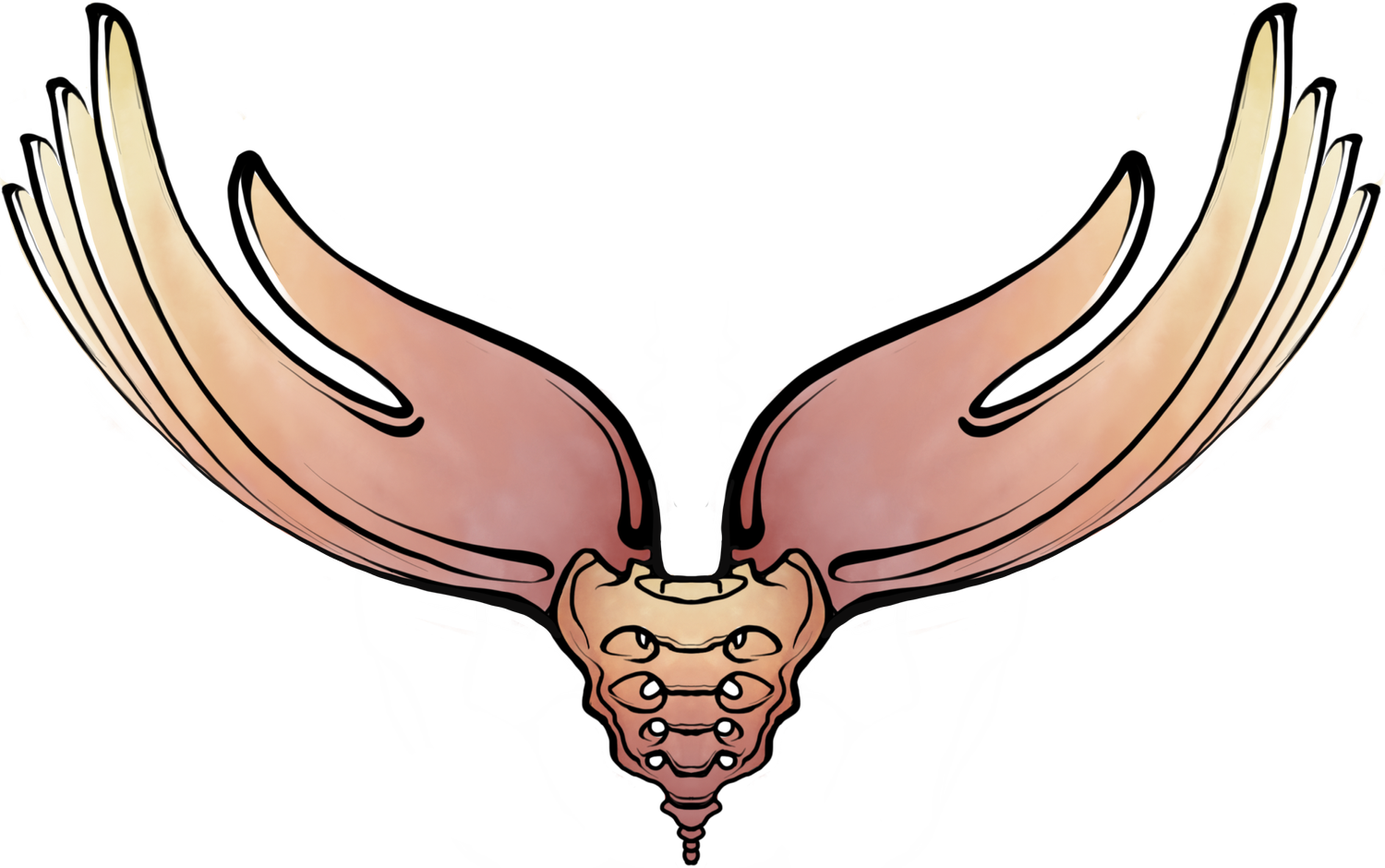
Bowel Issues?
Urinary incontinence is one of the most common conditions treated at Liberate Pelvic Health in Denver. It is a medical condition that describes loss of urine. Peeing yourself has been normalized in society for certain groups, such as older adults or postpartum people. Although peeing your pants is all too common, it is not normal. It can feel frustrating and isolating and you are not alone. Many people experience relief or resolution of symptoms by addressing their urination concerns with pelvic floor therapy. Liberate specializes in treating urinary incontinence with effective, non-invasive therapies designed to improve your quality of life.
What Is Urinary Incontinence?
Urinary incontinence is the involuntary leakage of urine. It can be related to loss of urine with urgency (urge incontinence), pressure with sneezing/coughing/movement (stress incontinence) or a combination of both (mixed incontinence). It can range from small leaks during physical activities to full loss of bladder in the presence of an urgent and frequent need to urinate. This condition is common but not something you have to live with—help is available.
What Causes Urinary Incontinence?
Urinary incontinence is often linked to pelvic floor dysfunction, where the muscles supporting the bladder and helping to control urination don’t have full range of motion, coordination or strength to perform their job effectively. Common causes include:
Fascial and structural changes related to pregnancy and childbirth
Aging or hormonal changes related to menopause
Chronic coughing, sneezing, or straining
High-impact exercise or heavy lifting without optimal core engagement
Maladaptive postural and breathing patterns
Neurological conditions or patterns affecting bladder control
Embodied anxiety or anonomic nervous system dysregulation
Trauma history
Urinary Incontinence Symptoms
Signs of urinary incontinence may include:
Leaking urine with high pressure activities, such as coughing, sneezing, or laughing (stress incontinence)
Unanticipated, extreme urge to urinate followed by uncontrolled loss of urine (urge incontinence)
Frequent urination (considered more than 8x/day)
Waking up more than once at night to urinate (nocturia)
Finding urine in your underwear
Squeezing your legs together on the way to the bathroom to prevent peeing your pants
A constant feeling of fullness or irritation in the bladder
Avoiding or dreading going places where you won’t be able to get to a bathroom “quick enough”
Our Pelvic Floor Occupational Therapy Approach
The therapy approach at Liberate Pelvic Health focuses on restoring optimal function of the pelvis through education, experiential learning, retraining your pelvic floor muscles, increasing your awareness and voluntary coordination of your body, and providing just-right challenges to stoke your curiosity and make restoring your pelvic functioning accessible and empowering. We use evidence-based techniques, including:
Body attunement activities to recognize and remediate automatic behaviors that are reinforcing the dysfunction
Pelvic floor exercises to improve range of motion, muscle tone, coordination and strength
Targeted breath and postural assessments and exercises
Biofeedback to help you remodulate your body awareness and motor coordination
Bladder training techniques for better scheduling and control of voiding the bladder
Manual therapy to release tension, address fascial constrictions and reduce muscle imbalances
We prioritize a gentle, holistic approach tailored to your needs.
What To Expect During Your Session
Your first session includes a thorough evaluation of your symptoms, pelvic floor function, current daily functioning and medical history. During therapy, you can expect:
Assessment: Understanding your specific challenges with incontinence.
Education: Learning about your pelvic floor and how it impacts bladder function.
Exercises: Guided movements and techniques to release tension, improve coordination and optimize function of the pelvic muscles.
Individualized Plan: A step-by-step strategy to address your symptoms and achieve your goals.
FAQs About Urinary Incontinence & Therapy
Q: Can urinary incontinence be cured?
A: Many cases can be significantly improved or resolved with pelvic floor therapy and lifestyle changes.
Q: Is pelvic floor therapy effective for all types of incontinence?
A: Yes! Therapy can address stress, urge, and mixed incontinence by targeting the underlying muscle and bladder control issues.
Q: How long does it take to see results?
A: Most clients notice improvements in as little as one session, however full results may take several weeks of consistent therapy or an occasional tune up session to maintain optimal results.
Q: Do I need surgery to treat urinary incontinence?
A: Surgery isn’t the only option, and in fact oftentimes isn’t the best option as many people find adequate relief through non-invasive pelvic floor therapy. Holistic and trauma-informed pelvic floor therapy is the ideal first line defense to address unwanted loss of urine.
